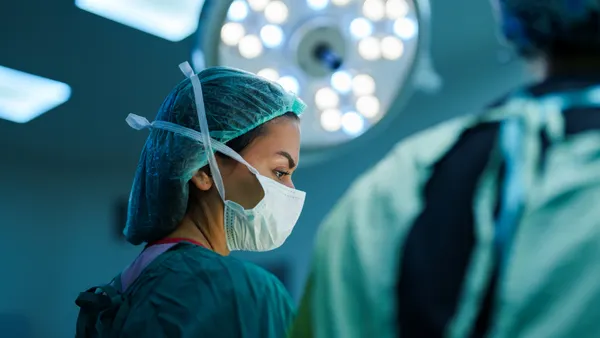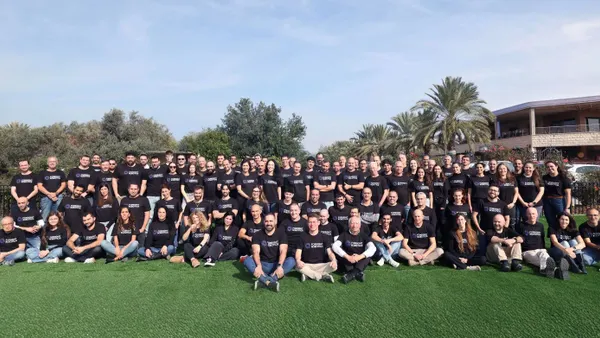Dive Brief:
-
Applied Tissue Technologies (ATT) announced Monday it has received FDA 510(k) clearance for its negative pressure wound therapy (NPWT) device.
-
NPWT devices have been used in the U.S. to help heal wounds since the 1990s but currently require healthcare professionals to place foam, gauze or another filler material over the area being treated.
-
ATT has tried to improve on these existing devices by incorporating a permanently embossed impermeable membrane into its product to end the need to use a separate filler material.
Dive Insight:
NPWT has become a well-established approach to the treatment of acute and chronic wounds in the decades since FDA cleared Kinetic Concepts' (KCI) device and CMS began reimbursing the procedure. The approach entails using a sealed dressing and vacuum pump to apply sub-atmospheric pressure to the wound, thereby extracting fluid and increasing blood flow.
Throughout the rise of NPWT, physicians have debated whether gauze or foam is a better wound dressing. Some studies have suggested both fillers yield similar outcomes but KCI, the manufacturer of GranuFoam, argues foams better promote wound healing and are free from fluid-pooling issues.
Now, ATT wants to render the foam versus gauze debate irrelevant for many wounds by introducing a device that has built-in filler material. ATT's Platform Wound Dressing (PWD) features a permanently embossed impermeable membrane. This serves as both the membrane and filler material, enabling healthcare professionals to perform NPWT without using a separate piece of foam or gauze.
Healthcare professionals place the device over the wound, using the adhesive rim to stick it in place. When the NPWT pump is turned on, negative pressure pulls the embossed membrane into contact with the surface of the wound.
ATT has designed the membrane to promote wound healing. By embossing the membrane, ATT has created channels through which air and fluid can flow, thereby ensuring the application of pressure and removal of wound fluids. The membrane also folds in parts, providing a secondary distribution channel for negative pressure.
The company now faces the challenge of convincing physicians to use its device to treat a range of wounds, burns, ulcers and grafts. That could be a significant challenge. KCI, which built the NPWT market, grew into a business worth more than $6 billion by the time it was acquired in 2011 and continues to advance its wound care portfolio.
To make its case, ATT has published data on the effect of PWD on pigs and initiated clinical trials with the support of the U.S. military.












